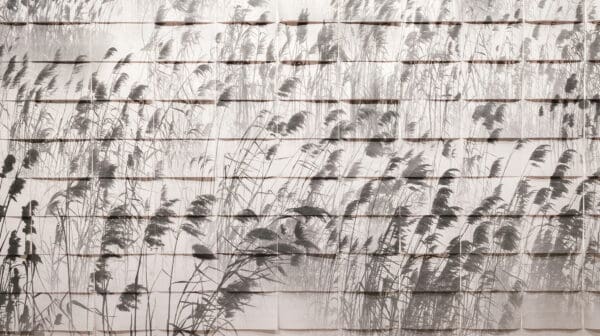
Poetics of Relation
Tender Comrade, currently on show at Sydney’s White Rabbit Gallery, creates a new vocabulary of queer kinship by reimagining the relationship between artworks, bodies and space.
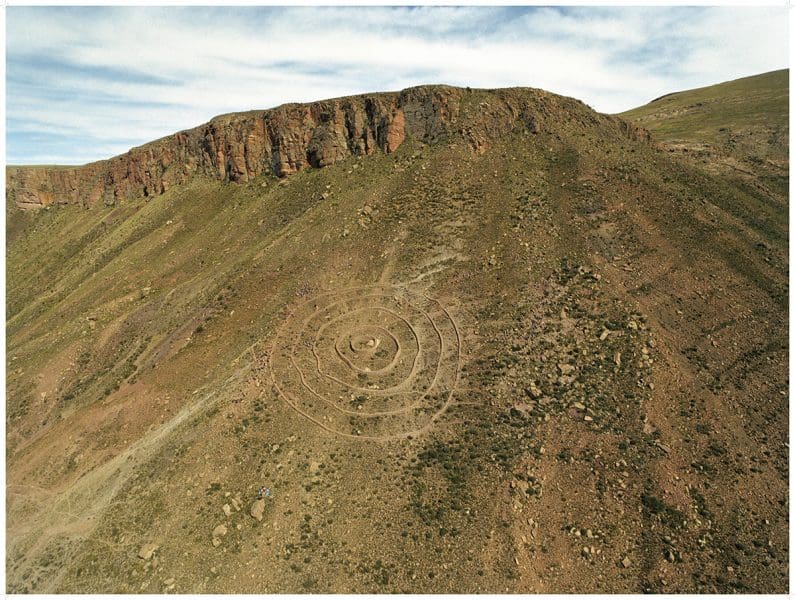

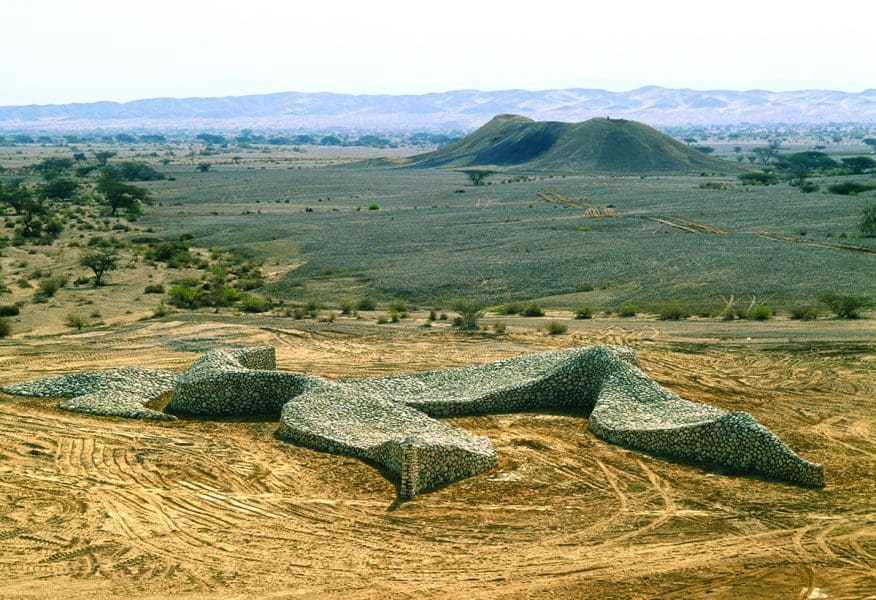
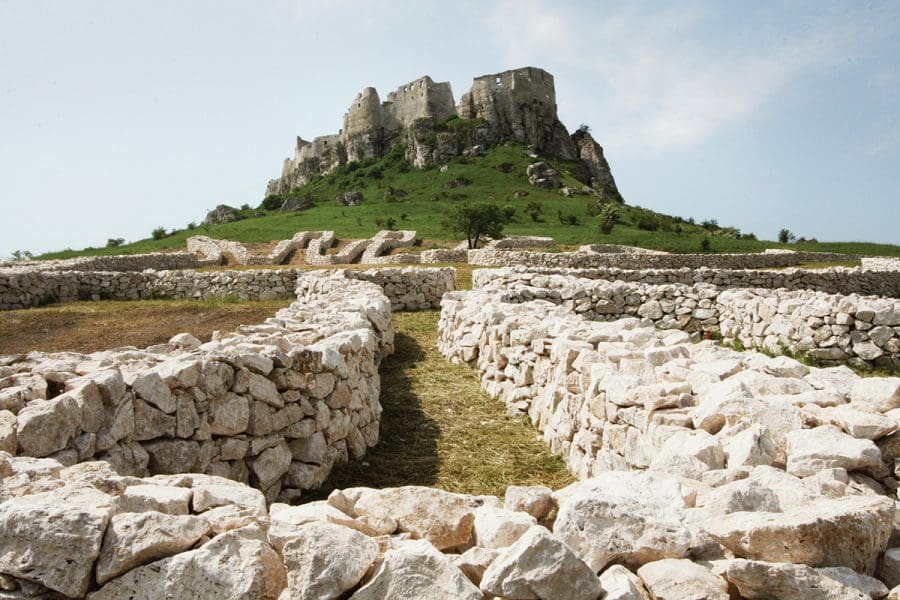
For thousands of years, humans have drawn on the earth: in caves, on rocks, and in the very land itself. The Nazca lines in Peru are a configuration of enormous symbols, scraped in the topsoil of the Nazca Desert. Studied only since the 1930s, when they were first identified from the air, their meaning is still unknown.
Until recently, the 2000-year-old drawings were perhaps the biggest in the world, but Andrew Rogers’ Rhythms of Life series is a definite contender for the title. Spanning 16 countries and seven continents, his 16-year- long project has involved more than 7500 people and produced 51 individual sculptures, known as geoglyphs. Built from stones and earth, they are designed to be visible from above, and ultimately from space.
The statistics are undoubtedly impressive; the glyphs themselves are mammoth. The point, though, says the Melbourne-based artist, “is not the structure, it’s the idea.” In each location he works with local elders, museums or other lore-keepers to design a symbol relevant to the area.
The project was conceived in 1998, during a stint living and working in Israel, when Rogers visited the Arava Desert in the country’s south. “I had conversations with the people in charge of that area,” he says, “and they thought that one of the largest sculptures in the world would be an interesting idea.”
Naturally. The following year, Rogers, accompanied by five architecture students, went out to the site and triangulated over 3000 points with tape measures, “We didn’t think to use GPS survey methods” – in preparation for building the sculpture, titled To Life. Measuring 38 x 33 m, it was constructed from hundreds of huge river-washed stones, packed together in an undulating form. Viewed from above, it’s an enormous Hebrew symbol – the word chai, meaning ‘life’ – and sits white against the golden earth.
That was the first. Now, Rogers has drawn on every continent of the earth. In Kenya, the design of a patterned shield, and a lion’s paw. In Slovakia, a horse from an ancient Celtic coin found in the region. In Bolivia, the figure of a shaman. The largest site is the Time and Space land art park in Cappadocia, Turkey, which boasts 13 geoglyphs over 2.5 kilometres.
Sometimes this involves earth-moving equipment, sometimes passing rocks along a human chain. It’s a point of pride that women are encouraged to work in equal numbers as men, and are paid equally, even if that’s an unusual practise in the region. The Herculean building process is largely funded through a combination of corporate and private sponsorship.
Each site is anchored by a common sculpture that lends its title to the project as a whole. Originally produced as a bronze, the Rhythm of Life design represents the core of Rogers’ artistic practice: an expression of the ever-changing, ever-constant, circular patterns of birth, life and death that characterise human existence.
More recent iterations of the project reference the Fibonacci sequence, a mathematical formula often associated with biology and cell growth. These geometric structures stretch up towards the sky instead of across the earth: in Spain, Time and Space – the Speed of Light, 2014, is an elliptical arrangement of 13 basalt columns. The tallest is adorned with gold leaf positioned to catch the setting sun on the winter solstice.
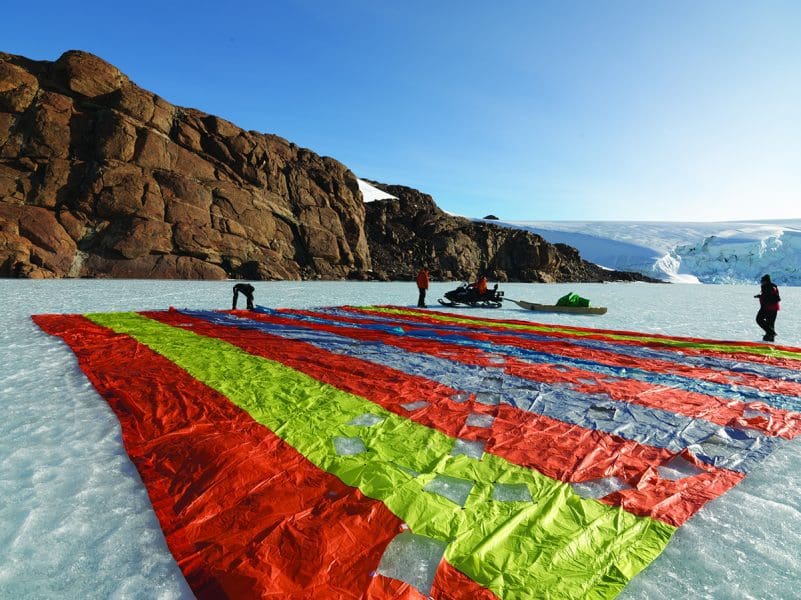
Rogers’ project sites are always on non-arable land, often in harsh terrain: mountain, desert or tundra. Usually the sculptures are left to break down over time, but in 2010, Rogers produced the most ephemeral work yet – which he calls “the purest form of the idea” – in Antarctica. Regulations prohibit permanent structures on the pristine, forbidding landscape, and the remote site on Dakshin Gangotri Glacier was accessible only by foot. “Everything had to be carried in on our backs,” says Rogers.
No boulder construction here, then. Instead, the artist and his small intrepid crew used a large stencil made from high-tensile nylon to mark out the design. The negative shapes were filled with moraine gravel (glacial debris), and the stencil carefully removed.
Once documented, the gravel was swept up; any debris would be reclaimed by the lake when it melted.
Rogers referred to the Antarctic work, which marked the seventh (and final) continent, as “the culmination of the project” – but he hasn’t stopped. In early 2017 he unveiled a new work, Satellites, in the Gibbs Farm sculpture park, New Zealand: four colossal columns reaching upwards, silhouetted on the skyline.
Tirelessly pushing the boundaries of human possibility, Rogers’ desire to draw on the earth isn’t likely to abate any time soon.